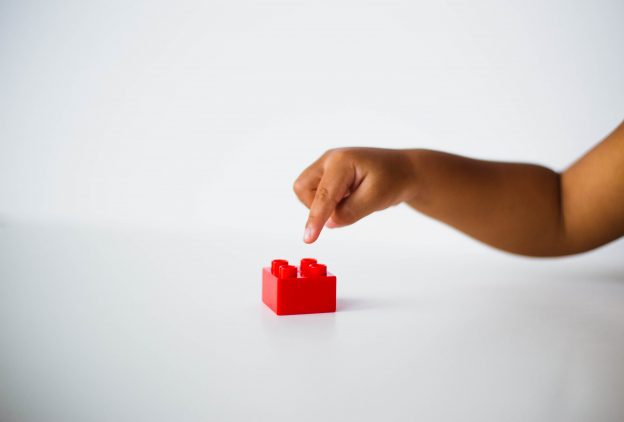Introduction
With the metaphor of using building blocks, such as interconnecting bricks or wooden stacking blocks, I’ll review and remix some of the foundational and sophisticated additions to building your blog site for educational purposes. Begin with one but don’t limit your web publication to only one if there are additional purposes for blogging. Blogs can serve as a communication tool for parents and community members, a curated site of resources for teaching and learning, or as a complex electronic portfolio or curriculum vitae to showcase your work and personal learning as an educator.
What’s the ‘why‘?
For this series of workshops presented at the Edith Lando Virtual Learning Centre, the purpose is to extend the mission and goals in order to “increase community focused, virtual, online, capacity building expertise of faculty, BEd students and graduate students to serve, and support instructors and community groups in the fields of early childhood education, Indigenous education, rural education, and refugee and immigrant education” (Edith Lando Virtual Learning Center website). These workshops respond to the priorities established to:
- reconfigure virtual education
- regenerate sustainable learning relations
- recognize rural & remote community needs
- respond to Indigenous Knowledge
- revive intergenerational knowledge
Here are specific goals and key questions about blogs for teaching and learning?
- What is blogging and what is a blog?
- Why is blogging used in teaching and learning?
- How do teachers / learners start blogs and blogging?
- Where do blogs go? If they are the internet, how and where does the information reside?
- Who is blogging in education? Who is writing about blogging in education? Who are bloggers to follow?
- When can you blog? When can your students blog?
- What about accessibility, EDI, and copyright when blogging? [link to include https://lthub.ubc.ca/support/technology-tips/accessibility-and-inclusivity/?login%3Flogin]
NEXT PAGE: Begin by looking at the building blocks.

